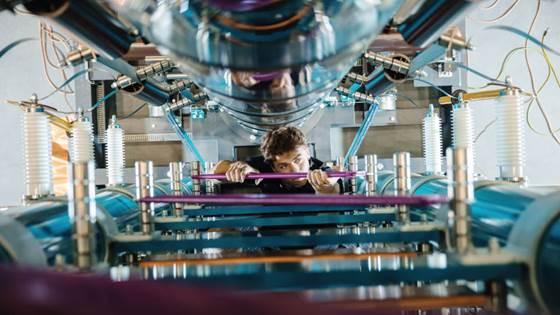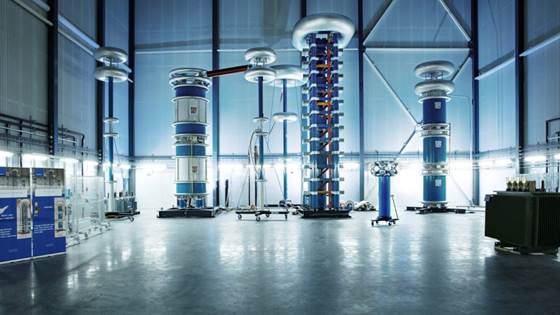It represents the backbone of any modern electrical power infrastructure and must therefore be designed to withstand disturbances and record very small probabilities of power outages.
The ability to model system components accurately and apply them in system-level simulation studies is becoming increasingly important as the rate of connection of renewable infrastructures via power electronics converters increases.
Here, it is essential to predict the system's response to increased harmonic emissions and their potential impact on system stability. At the same time, the connection of vital industrial loads that require a high-quality and reliable power supply makes it necessary to be able to predict voltage quality and the number of disruptions likely due to external disturbances such as lightning discharges, etc.
Our services
SINTEF Energy Research has extensive expertise in the modelling of transmission system components and their utilisation in system-level studies for the determination of electrical stresses and disturbance-related system response. Such analyses cover phenomena ranging from a fraction of the 50 Hz period (sub-synchronous resonances) to switching transients from as low as a few kHz to several MHz in GIS.
Computations are performed using both in-house tools and state-of-the art EMTP-type simulation tools which can accommodate most power system components.
SINTEF has also taken part in the development of highly advanced cable and overhead line models that have been adopted in EMTP-type simulation tools. Our team members are also active in international working groups, including the CIGRE, IEEE and IEC.
Projects
- Studies of transients in power systems resulting from lightning discharges, switching operations and faults. Use of overvoltage reduction methods (surge arresters, RC snubbers, etc.) and protective relaying.
- Analysis of system response to motor start-ups.
- Analysis of harmonic emission and penetration in power systems.
- Analysis of voltage imbalances, e.g. due to asymmetries in Petersen grounded power systems.
- Calculation of disturbance effects from transmission systems installed on other systems/components, e.g. railway systems and communication lines.
- Wide-band modelling of power transformers based on frequency sweep measurements for the accurate simulation of transformer-network interactions.
- Advanced modelling of subsea umbilical cables, including loss computations.
Status
- One recently accomplished KPN project: EM Transients in future power systems.
- Several on-going projects for clients




